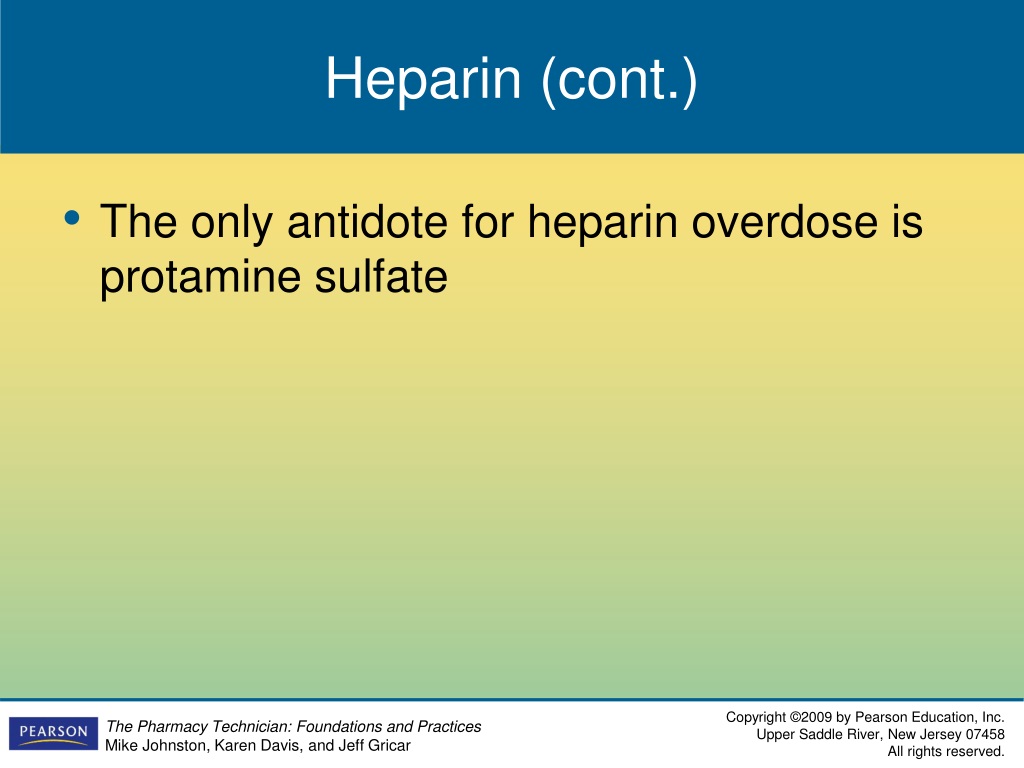


Male Wistar rats were observed for up to 4 days after HBC administration for clinical evaluation, gross necropsy, and biochemistry and histopathological analysis. The rat cardiomyocytes and human endothelial cells were used for the assessment of in vitro toxicity. HBC-LMWH complexes were characterized using zeta potential, isothermal titration calorimetry, and dynamic light scattering. In the present study, we explored the safety profile of HBC and its potential to reverse enoxaparin, nadroparin, dalteparin, and tinzaparin in human plasma and at in vivo conditions. We developed diblock heparin-binding copolymer (HBC), which can neutralize the anticoagulant activity of parenteral anticoagulants. Moreover, protamine sulfate can cause life-threatening hypersensitivity reactions. The present data suggest that excess protamine might potentially increase bleeding in the case of severe thrombocytopenia or low factor VIII.Bleeding resulting from the application of low-molecular-weight heparins (LMWHs) may be treated with protamine sulfate, but this treatment lacks efficiency its action against antifactor Xa activity is limited to ∼60%. We demonstrated that protamine affects the propagation of thrombin generation, which is partially reversed by platelets or increased factor VIII/von Willebrand factor concentrations. In agreement, protamine increased coagulation time evaluated by thromboelastometry significantly more in platelet-poor plasma than in whole blood. A therapeutic concentration of recombinant factor VIIa (60 nM) only affected the lag time of thrombin generation triggered with actin. The addition of factor VIII/von Willebrand factor (1.5-3.0 U/mL) to platelet-poor plasma with protamine (24 microg/mL) decreased lag time and increased peak thrombin generation with actin activation. In platelet-rich plasma with platelets at 50 to 200 x 10(3)/microL, protamine (24 microg/mL) prolonged the lag time, but had no effect on peak thrombin generation.

Protamine also increased lag time and decreased peak of thrombin generation in platelet-poor plasma after tissue factor and actin activation. Protamine prolonged prothrombin time and Russell's viper venom time, concentration dependently. The reversibility of excess protamine (24 microg/mL) by recombinant factor VIIa or factor VIII/von Willebrand factor concentrate was also tested. We evaluated the effects of increasing protamine concentrations (0 to 24 microg/mL) on prothrombin time and diluted Russell's viper venom time measurements on thrombin generation in platelet-poor and platelet-rich plasma after activation by tissue factor or actin, and on thromboelastometry in platelet-poor plasma and whole blood from 6 healthy volunteers. Protamine sulfate is the antidote for heparin, but in excess it exerts weak anticoagulation.


 0 kommentar(er)
0 kommentar(er)
